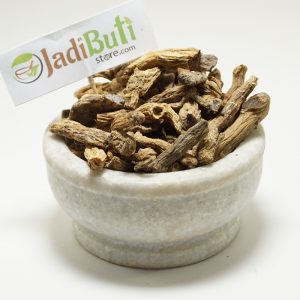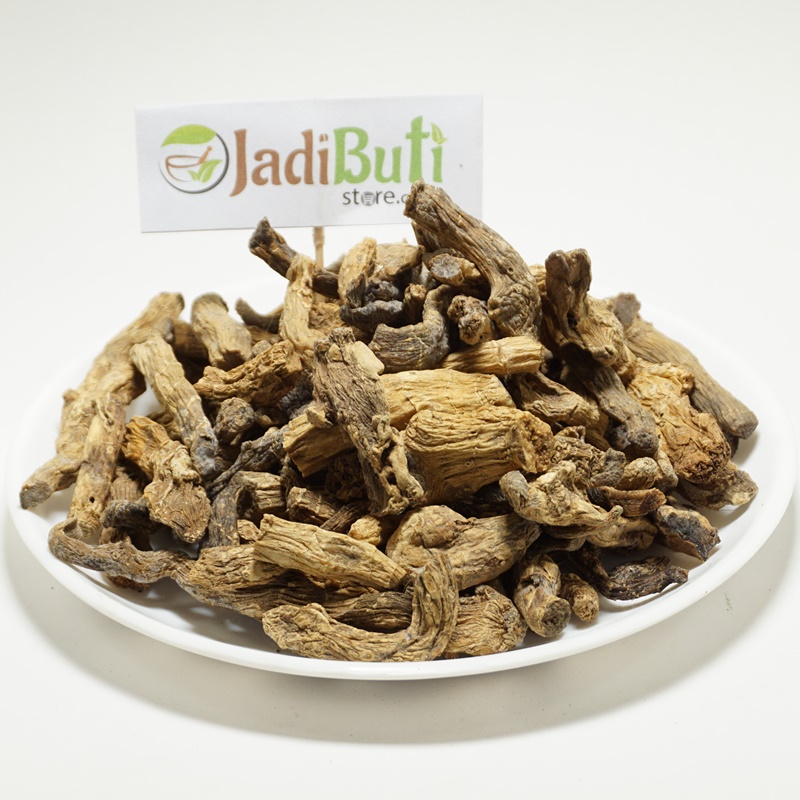शकाकुल मिश्री
Showing the single result
-


Shakakul mishri – शकाकुल मिश्री – Wild Parsnip – Pastinaca sativa
₹220.00 – ₹1,685.00Quick ViewCommon Name: Wild Parsnip
Scientific Name: Pastinaca sativa
Family: Apiaceae
Description: Wild Parsnip is a biennial or perennial plant that is native to Europe and Asia but has also been naturalized in North America. It can grow up to 5 feet tall and has a yellow-green stem with deeply divided leaves. The plant produces umbrella-shaped clusters of small yellow flowers in the summer. Its fruit is a small oval-shaped seed that is usually brown in color.
Uses: Wild Parsnip has some culinary uses and is often used as a medicinal herb. The root and leaves of the plant can be used in soups, stews, and other dishes. In traditional medicine, Wild Parsnip has been used to treat a variety of ailments, including indigestion, coughs, and rheumatism.
Toxicity: Wild Parsnip can be toxic due to the presence of chemicals called furocoumarins in its sap, which can cause skin irritation and sensitivity to sunlight. Contact with the sap can result in severe skin burns and blisters, similar to a severe sunburn. Therefore, it is important to wear protective clothing and gloves when handling or removing Wild Parsnip plants.
Distribution: Wild Parsnip is found throughout Europe, Asia, and North America. It is often found in fields, meadows, and along roadsides.
Conservation Status: Not listed as endangered or threatened.
